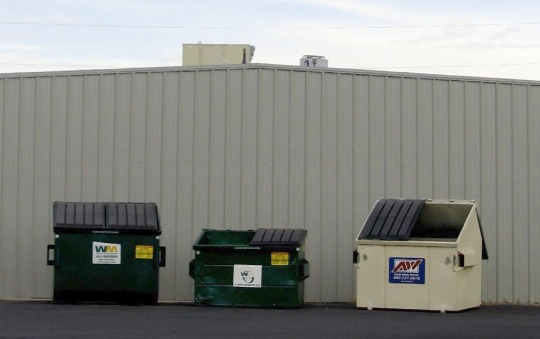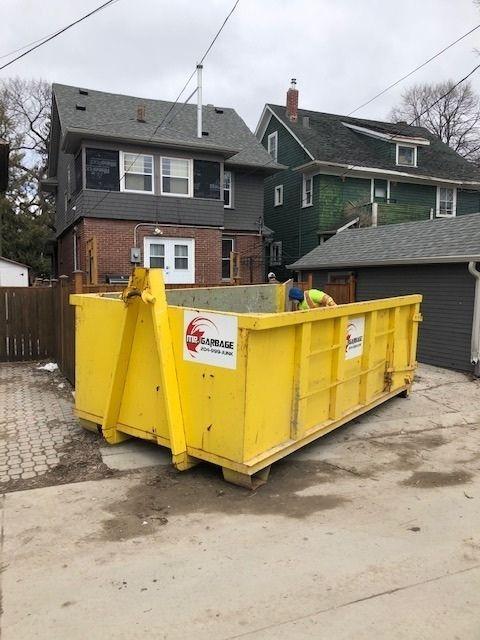Don't wanna be here? Send us removal request.
Text
Look In The Dumpsters Can
Dumpsters diving is the act of digging through other people's trash to find valuable things. IT experts go "dumpster diving" to get information from things that have been thrown away that could be used to break into a computer network or launch an attack on it. Check out here https://bargaindumpster.com/locations/.

Dumpsters diving is more than just digging through trash for clear useful things like passwords or login information written on sticky notes. A hacker can get into a network by using information from what looks like a reliable source, like a phone book, calendar, or organizational plan. This is called "social engineering."
Experts say that businesses should have a waste disposal plan that requires all paper, including printouts, to be shredded in a cross-cut shredder before recycling, all storage media to be deleted, and all employees to be trained on the risks of untracked waste.
Someone could steal a lot of money from computer equipment that is left out in the open. Data can be retrieved from storage devices, especially from disks that were formatted or deleted by accident. This group includes passwords and keys that are still good. Even though the hardware doesn't have a way to store data, it may be able to keep data from a trustworthy Platform Module (TPM) or other trustworthy hardware IDs. By looking into the technology, an attacker might be able to figure out who made the device. Because of this, they might be able to add bugs.
Attacks That Use Social Engineering And Taking Things Out Of The Trash
Social engineering is when someone uses human contact to trick a person into giving them access to something or doing a crime for them. One of the main goals of social engineering is to make the target think they are being attacked. Attackers can find information that can be used to build trust by going through trash. Even though thieves will steal any machine they can get their hands on, most trash-diving attacks are done to gather information. An attacker can use even things that don't seem dangerous.
How To Stop People From Going Through Trash Cans
Even though it might seem like a lot of work to get rid of trash the right way, there are steps that can be taken to stop people from going through trash. These details must be written down and given to the staff.
Make a plan for taking tools out of use. Make sure that all personal information has been taken from computer tools before getting rid of them or selling them. To do this, you have to safely remove hard drives and delete information from the TPM. Enterprise databases are getting rid of all trust components, like MAC address authentication, domain trust connections, and valid trust certificates.
When deleting safe files, make sure you do it the right way. Making CDs, degaussing magnetic recording devices, and erasing hard drives correctly are all examples.
Plan how long you want to keep the data, and for private information, use certificates of destruction. Policies about keeping documents should say how long papers should be kept and how they should be thrown away. You should make and keep a proof of destruction for legal reasons.
Make it as easy as possible to shred. Put shredders near recycling bins or put tubs for shredding next to each trash can to make it easier to shred. People who work from home should be able to get paper shredders.

Employee training is very important. Explain how social engineering works and how to properly get rid of things. Employees shouldn't be able to use old computers or take written papers home. Put your dumpsters somewhere safe. Use trash cans and recycle bins with locks, or put trash in a safe place until it is picked up. Use trusted equipment recyclers.
1 note
·
View note